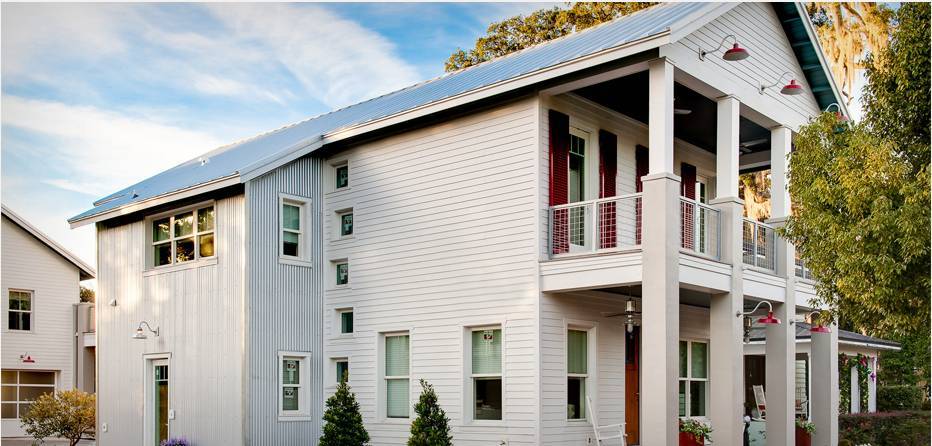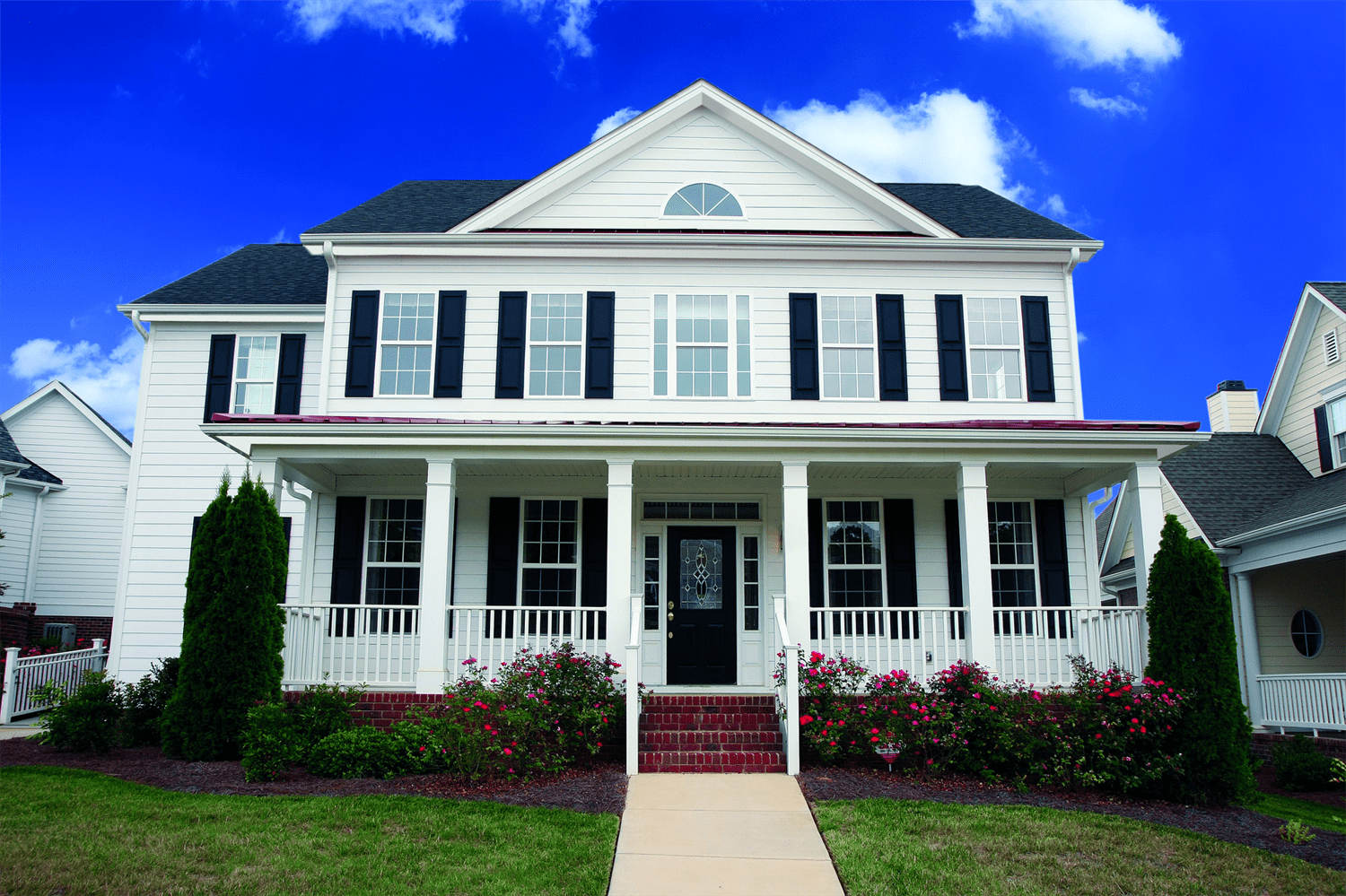Budgeting for Siding: Key Cost Insights and How to Avoid Installation Errors
Introduction
When it comes to enhancing the aesthetics and value of your home, siding is one of the most impactful investments you can make. Whether you're looking to replace old, worn-out siding or install new siding for a fresh look, understanding the costs involved in siding installation is essential. In this article, we'll delve deep into Budgeting for Siding: Key Cost Insights and How to Avoid Installation Errors, ensuring you have all the information you need to make informed decisions.
From materials and labor costs to common pitfalls during installation, we’ll guide you through every aspect of budgeting for your siding project. By the end of this comprehensive guide, you'll be equipped with knowledge that will help you avoid costly mistakes and achieve a successful siding installation in Walnut Creek, CA.
Understanding Siding: Types and Materials
What Are the Different Types of Siding?
Before diving into budgeting specifics, it's crucial to understand the various types of siding available. Each material comes with its unique benefits and drawbacks which can significantly impact your overall budget.
- Cost-Effective: Vinyl is one of the most affordable options on the market.
- Variety: Available in numerous colors and styles.
- Low Maintenance: Resistant to rot and pests but can fade over time.
- Aesthetic Appeal: Offers a classic, natural look.
- Cost Consideration: More expensive upfront due to material cost and maintenance.
- Maintenance Intensive: Requires regular painting or staining.
- Durability: Highly resistant to fire, insects, and rot.
- Costly Installation: Generally has higher installation costs than vinyl or wood.
- Longevity: Can last up to 50 years with proper care.
- Modern Look: Popular for contemporary homes.
- Durability: Resistant to rot and pests but can be prone to dents.
- Energy Efficiency: Reflects heat which may reduce energy costs.
- Unique Texture: Offers a distinct look that's hard to replicate with other materials.
- Climate Dependent: Best used in dry climates; not ideal for humid conditions.
Choosing the Right Siding Material
Choosing the right material ultimately depends on your budget, personal taste, climate conditions, and long-term maintenance plans. While some materials may have lower initial costs, others could save you significant amounts in repairs and maintenance down the road.
Budgeting for Siding: Key Cost Insights
What Should You Expect in Terms of Costs?
The cost of siding installation can vary widely based on several factors:
- The type of siding material selected
- The size of your home
- Labor costs in your area
- Additional features like insulation or decorative trim
Average Cost Breakdown
Here’s a quick breakdown of average costs associated with different types of siding:
| Type of Siding | Material Cost per Square Foot | Installation Cost per Square Foot | Total Estimated Cost (for 1,500 sq ft) | |----------------------|-------------------------------|-----------------------------------|-----------------------------------------| | Vinyl | $2 – $7 | $1 – $3 | $4,500 – $15,000 | | Wood | $3 – $10 | $2 – $5 | $7,500 – $22,500 | | Fiber Cement | $5 – $12 | $1.50 – $3 | $9,000 – $22,500 | | Metal | $6 – $14 | $3 – $5 | $13,500 – $28,500 | | Stucco | $6 – $9 | $2 – $4 | $12,000 –$19,500 |
Hidden Costs in Siding Installation
It’s easy to overlook additional expenses while budgeting for siding:
Removal Costs: If you're replacing existing siding, you'll need funds allocated for removal and disposal.
Preparation Work: This includes repairing any underlying structural issues before installation can begin.
Permits: Depending on local regulations in Walnut Creek CA or elsewhere you might need permits which add more costs.
Inspection Fees: Some areas may require an inspection after installation which adds another layer of expense.
Common Mistakes During Siding Installation
What Errors Should You Avoid?
Despite having all your bases covered financially, there are still common errors that can lead to disastrous outcomes during installation:
Ignoring Weather Conditions: Installing siding during extreme weather can lead to poor adhesion or warping down the line.
Inadequate Measurements: Failing to measure correctly can result in ordering too much or too little material.
Neglecting Underlying Issues: Skipping necessary repairs before installing new siding leads only to bigger headaches later on.
Improper Ventilation: Not allowing adequate ventilation behind your siding can promote mold growth over time.
Using Inexperienced Contractors: Hiring unqualified individuals based solely on low prices often results in shoddy work that needs correction sooner rather than later!
How Do You Ensure a Flawless Installation Process?
To ensure that you’re sidestepping these pitfalls:
- Always hire reputable contractors who specialize in siding installation in Walnut Creek CA.
- Get multiple quotes so you’re not just lured by low prices without considering quality!
DIY vs Professional Installation
Should You Install Your Own Siding?
You might be tempted by DIY projects as they promise cost savings; however consider these points before making that decision:
-
Installing siding requires precision—an error could cost you more than hiring professionals would have!
-
Lack of experience means potential safety hazards especially when working at heights!
Benefits of Hiring Professionals
Professional installers come equipped with tools expertise & experience ensuring longevity durability! Plus they typically offer warranties on their workmanship giving peace-of-mind knowing if something goes wrong it’ll get fixed without extra costs!
Siding Maintenance Tips
How Do You Maintain Your New Siding?
Once you've installed your new siding take good care so it continues looking great! Here are some simple maintenance tips:
1. Regular Cleaning: - Use a garden hose or power washer occasionally—be cautious though excessive pressure might damage certain materials!
3.Painting: - Wood Quality siding installation in Walnut Creek requires periodic painting; choose high-quality exterior paint designed specifically for wood surfaces!
4.Sealing: - For stucco ensure it’s properly sealed against moisture intrusion keeping mold at bay!
5.Gutters & Drainage: - Make sure gutters are clear directing water away from foundation preventing undue stress on walls leading them rotting prematurely!
Conclusion
Budgeting for siding involves more than just considering material prices—it's about understanding every facet from labor costs hidden fees possible errors during installations! By educating yourself using insights shared here regarding siding installation in Walnut Creek CA plus avoiding common pitfalls you'll set yourself up well towards achieving beautiful durable results ensuring home sweet home remains just that—sweet!
So roll up those sleeves get started today—it’s time transform your house into dream abode by investing wisely into its exterior charm while staying clear mistakes everyone tends make along way!
FAQs
What is the average cost per square foot for new vinyl siding?
The average cost ranges from about $2 to $7, depending upon thickness color brand quality among other things.
How long does vinyl siding last?
When installed properly maintained vinyl typically lasts between 20–40 years before needing replacement due wear tear UV exposure etc..

Can I install my own fiber cement boards?
While possible recommended hiring professionals due weight complexity involved handling cutting fastening securely onto walls frame correctly preventing potential future issues arising later down line!
Is there any warranty coverage available?
Most manufacturers offer warranties varying based upon product type ranging anywhere from 25 years lifetime warranties depending upon specific terms outlined purchase agreement documents provided originally purchased with materials selected initially.
Do I need a permit for installing new siding?
Yes! Most localities including Walnut Creek require permits ensure compliance building codes regulations protecting property value investment made among other reasons so do check beforehand!


How often should I inspect my newly installed sidings?
Regular inspections once every six months ensure everything remains intact allowing early detection wear tear damage needing attention reducing risks larger repairs required later!
Feel free reach out via email phone call queries comments concerns—we’re always here help guide smooth process turning vision reality successfully together!